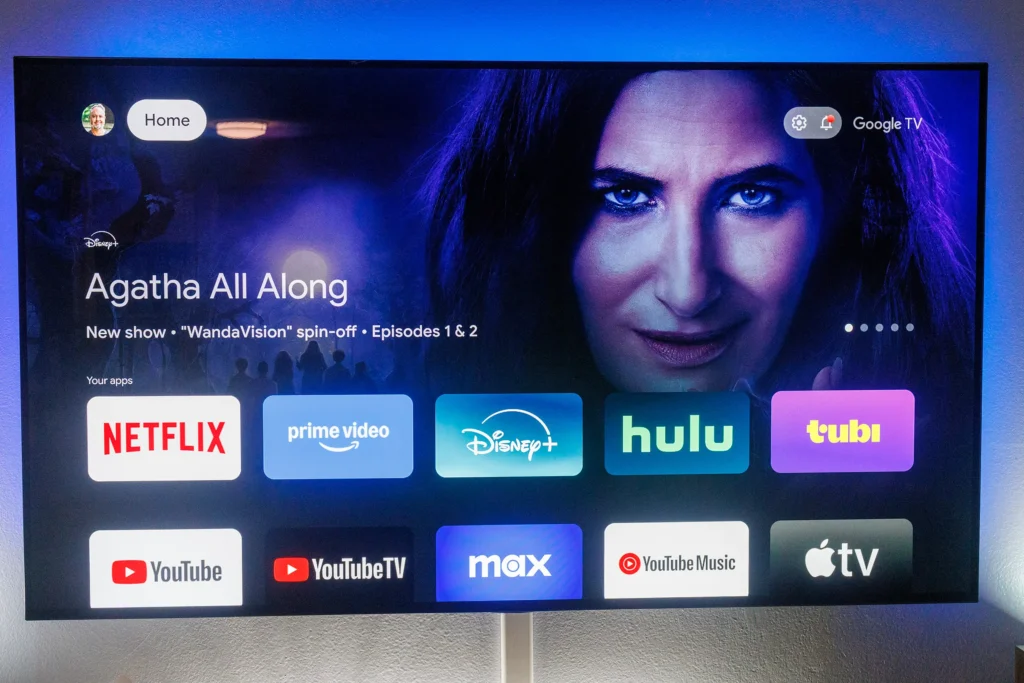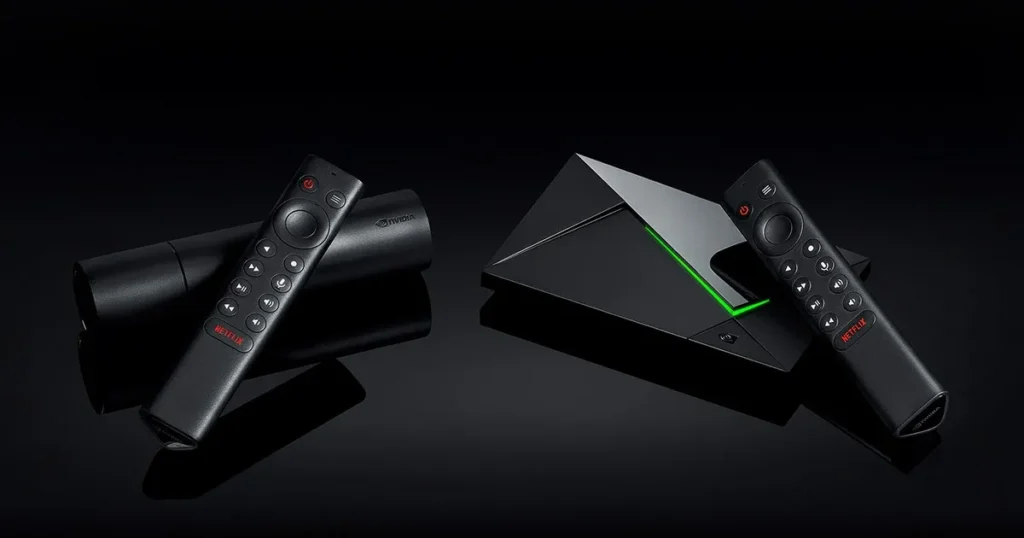Google has revealed plans to shift its TV platforms to 64-bit apps, a move set to make streaming smoother and more responsive. This change targets Google TV and Android TV, with developers required to adapt their software by next summer.
Why the Switch Matters
For years, many smart TV systems have relied on 32-bit apps, which limit how much memory they can use effectively. The upgrade to 64-bit allows apps to handle more data at once, cutting down on delays during launches and navigation. Users could notice apps starting up faster and handling high-quality video with less stutter, especially on newer hardware.
This step aligns with broader trends in tech, where devices like phones and tablets made similar shifts long ago to support advanced features.
Also Read: Google TV Free Channels List: 171+ Channels [2025]

Key Dates and Developer Duties
The rule kicks in on August 1, 2026. From that point, any new app or update for Google TV and Android TV that includes native code must offer both 32-bit and 64-bit versions. This ensures older devices keep working without issues, while paving the way for fresh models.
Google points out that only apps with certain built-in code need adjustments. Developers can check their work using tools like the APK Analyzer and submit changes via app bundles that cover both formats.
To help with testing:
- A special emulator for macOS on Apple Silicon chips simulates 64-bit TV environments.
- Nvidia Shield devices (specific models like P2571 and P2897) already handle both formats, letting creators try out updates on real gear.
- Even some Pixel phones (from the 7 series onward) can sideload these apps after tweaking screen settings.
Gains for Everyday Viewing
Switching to 64-bit opens doors to better handling of 4K and 8K content, plus AI-driven tools that might personalize recommendations or enhance picture quality. It also means devices can tap into more RAM, reducing slowdowns during multitasking, like switching between shows and games.
Early adopters with Nvidia Shield might feel these perks sooner, as their hardware is ready for 64-bit apps right away.

How It Stacks Up Against Rivals
Apple led the way in this area, beginning its 64-bit app push for Apple TV back in 2015 and dropping 32-bit entirely by 2019. Google’s approach is more gradual, keeping support for legacy setups to avoid leaving users behind.
Industry watchers speculate this could signal upcoming releases, such as an enhanced Google TV Streamer with beefier specs to match the software upgrades.
Reactions and Next Moves
Tech experts are buzzing about the potential for TVs with expanded memory. One analyst noted, “Are we going to start seeing new TV devices with more RAM soon?” highlighting expectations for hardware that fully leverages the change.
For a direct look at the announcement, here’s an embedded tweet from Android Developers:
The future of TV is 64-bit 📺✨
To ensure your apps deliver faster start times and better performance on the next generation of Google TV and Android TV devices, 64-bit compatibility will be required.
Prepare your apps today! https://android-developers.googleblog.com/2025/08/64-bit-app-compatibility-for-google-tv-android-tv.html
(Source: @AndroidDev on X, August 21, 2025)
Google urges developers to act now: review code, add 64-bit support, test thoroughly, and update on Google Play. This could reshape how we interact with smart TVs, making them feel more like powerful computers in the living room.
Also Read: Samsung’s New AI Bixby Hits TVs to Rival Google Gemini

